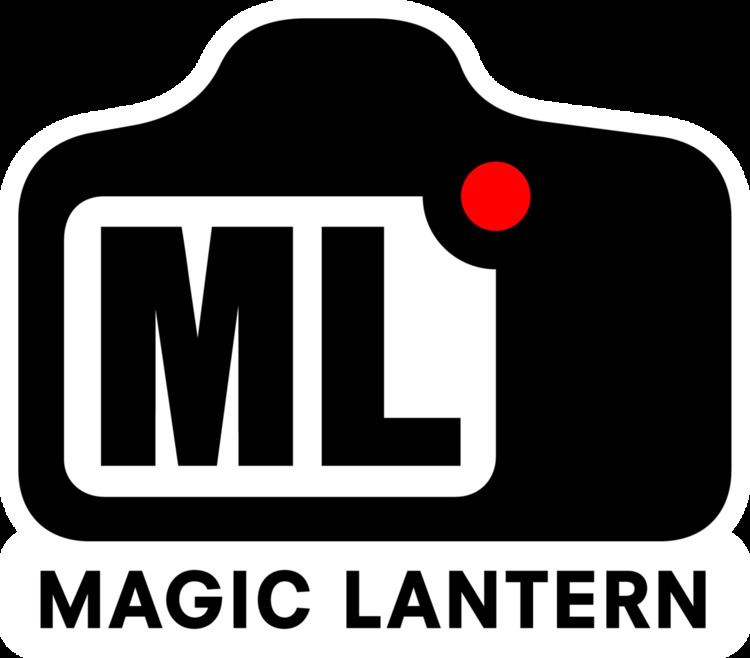Original author(s) License GPL | Initial release 2009 Website magiclantern.fm | |
 | ||
Repository bitbucket.org/hudson/magic-lantern | ||
Magic Lantern is a firmware add-on, originally written for the Canon EOS 5D Mark II by Trammell Hudson in 2009, and ported to the 550D/T2i/Kiss X4 (1.0.8) in July 2010 by the same author. The current principal developer is known as A1ex and there are now versions for most Canon DSLRs.
Contents
Because installing Magic Lantern does not replace the stock Canon firmware or modify the ROM but rather runs alongside it, it is both easy to remove and carries little risk. The DSLR checks a "boot flag" in its re-writable memory, and if set, reads from a flash card to get the additional firmware routines. Each time the camera is started, there is an option to disable Magic Lantern.
A similar FOSS project is CHDK for most Canon point-and-shoot cameras.
History
Starting September 2010, A1ex from CHDK forum and other people ported this add-on to the 550D/T2i (1.0.9), 60D, 500D/T1i/Kiss X3, 600D/T3i/Kiss X5 (1.0.1) and 50D. It also runs on the 5D Mk III as well as on the 7D. A version for the 6D is available, but less fully supported because none of the principal developers own the camera.
Generally, there are delays before a version is available for a new DSLR due to the time required for reverse engineering. For example, the 70D, 80D, 7D Mark II, and 5DS are not yet supported. A version for the mirror-less EOS M is less mature than fully supported cameras that one or more of the principal developers own. Project policy is to not develop a version for the pro body 1 series like the 1Dx.
The firmware is released under the GNU General Public License.
Originally developed for DSLR filmmaking, its feature base has expanded to include tools useful for still photography as well.
Features
Current features include:
Planned future features include clean HDMI output, anamorphic preview and custom curves.
Original Canon warranty
Because installing Magic Lantern does not replace the stock Canon firmware or modify the ROM but rather runs alongside it, it is both easy to remove and carries little risk. Canon has not made any official statements regarding the add-on firmware, either on the subject of warranty or on the features. In response to emails Canon has stated that while their warranty doesn't cover damage caused by third party firmware it will cover unrelated issues such as malfunctioning buttons even if third party firmware has been installed.
